The Whale Trail
Follow the Whale Trail: Coastal adventures where majestic giants of the sea take center stage.
Whale season in the Great Ocean Road Region is roughly between May and September, so is a great reason to visit in winter. Read about the Whale Trail to learn some of the hot spots for spotting these beauties of the ocean.
DAY 1: Torquay to Warrnambool
Replace the crowds of summer for winter’s raging swells and toasty fires on the Great Ocean Road. Follow the cool breeze beyond the 12 Apostles and explore the hidden – and wilder treasures in the region’s west.
Journey to the Great Ocean Road’s maritime capital of Warrnambool

From Torquay, the gateway to the Great Ocean Road and Victoria’s surfing capital, head south-west along the winding highway toward Cape Otway. Pass through the quaint coastal towns of Anglesea, Lorne and Apollo Bay, mirroring the Southern Ocean and its attack against the cliffs. Follow the serpentine roads through the vibrant Otway National Park where winter showers bring the rainforests to life, before soaking in the rugged limestone overhangs of the Shipwreck Coast.
Those with time should detour to Cape Otway Lightstation. Migrating whales must go past this point so climb the light-tower and keep your eyes peeled, as this is a hot spot for whale sightings each season.
-
Cape Otway Lightstation
1140 Lightstation Road, Cape Otway
Keep an eye on the coastline
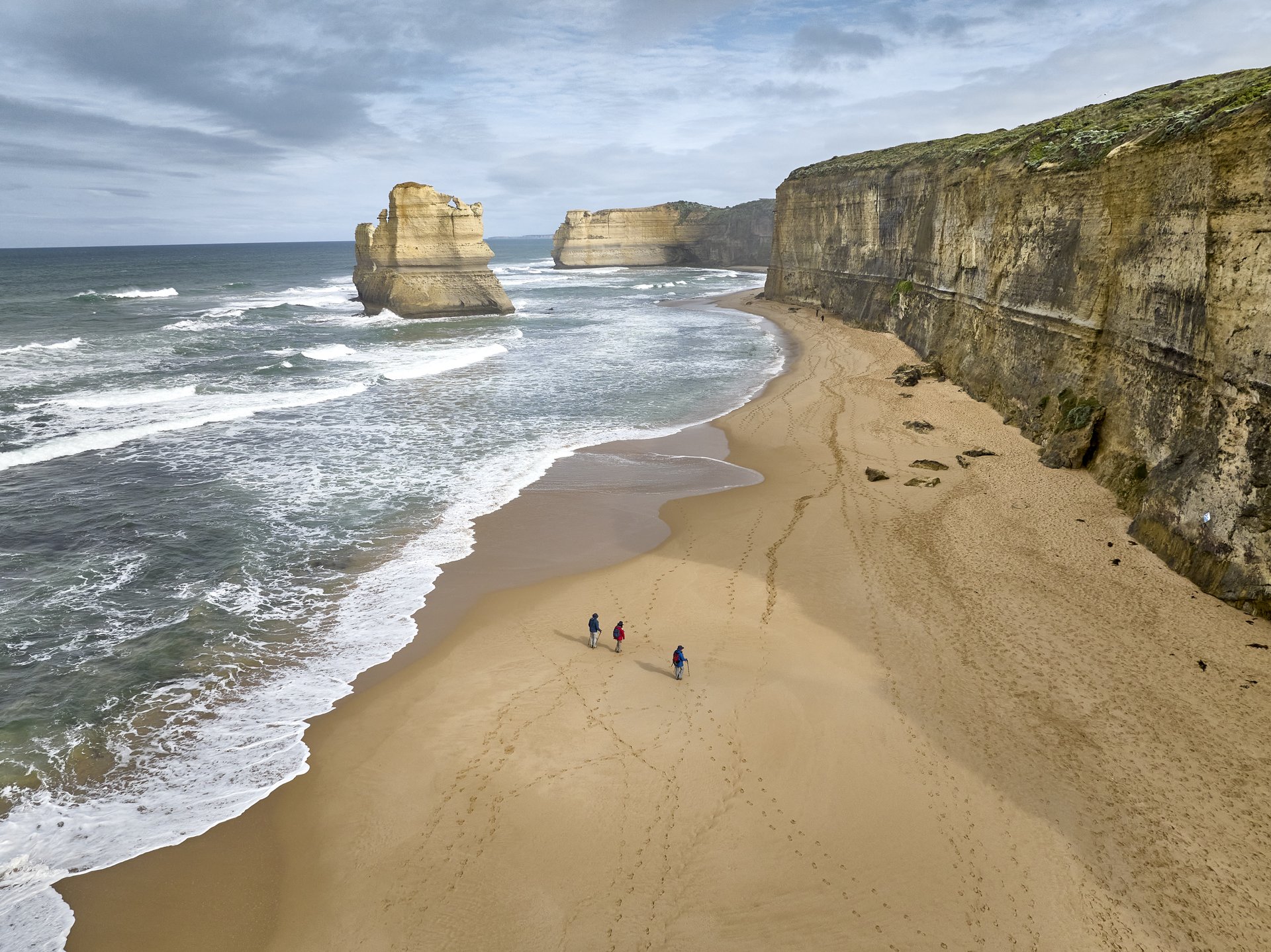
You might spy a whale anywhere along this coastline, so don’t forget to stop often to keep an eye out for our giant flippered friends navigating around the coast. Pass the limestone structures of the 12 Apostles, and Loch Ard Gorge to some of the lesser selfie-ed spots, like the spectacular cliffs of Castle Cove, Wreck Beach (386 steps form the carpark so not for the fainthearted) or London Bridge.
The grey skies of winter and the dramatic coastline uncovers a side to the Great Ocean Road with wild waters and moody skies that’ll blow your getaway right out of the blowhole. They don’t call it one of the world’s most scenic coastal drives for nothing.
-
Gibson Steps
Great Ocean Road, Princetown
DAY 2: Warrnambool
Whale-come to Warrnambool – a small city with a huge attitude. Sweeping green pastures contrast the Southern Ocean’s deep blues and orange hues of rocky outcrops, history lives on in ancient lands and famous shipwrecks, culture and wildlife add animation to the already energetic landscape.
Logans Beach Whale Nursery
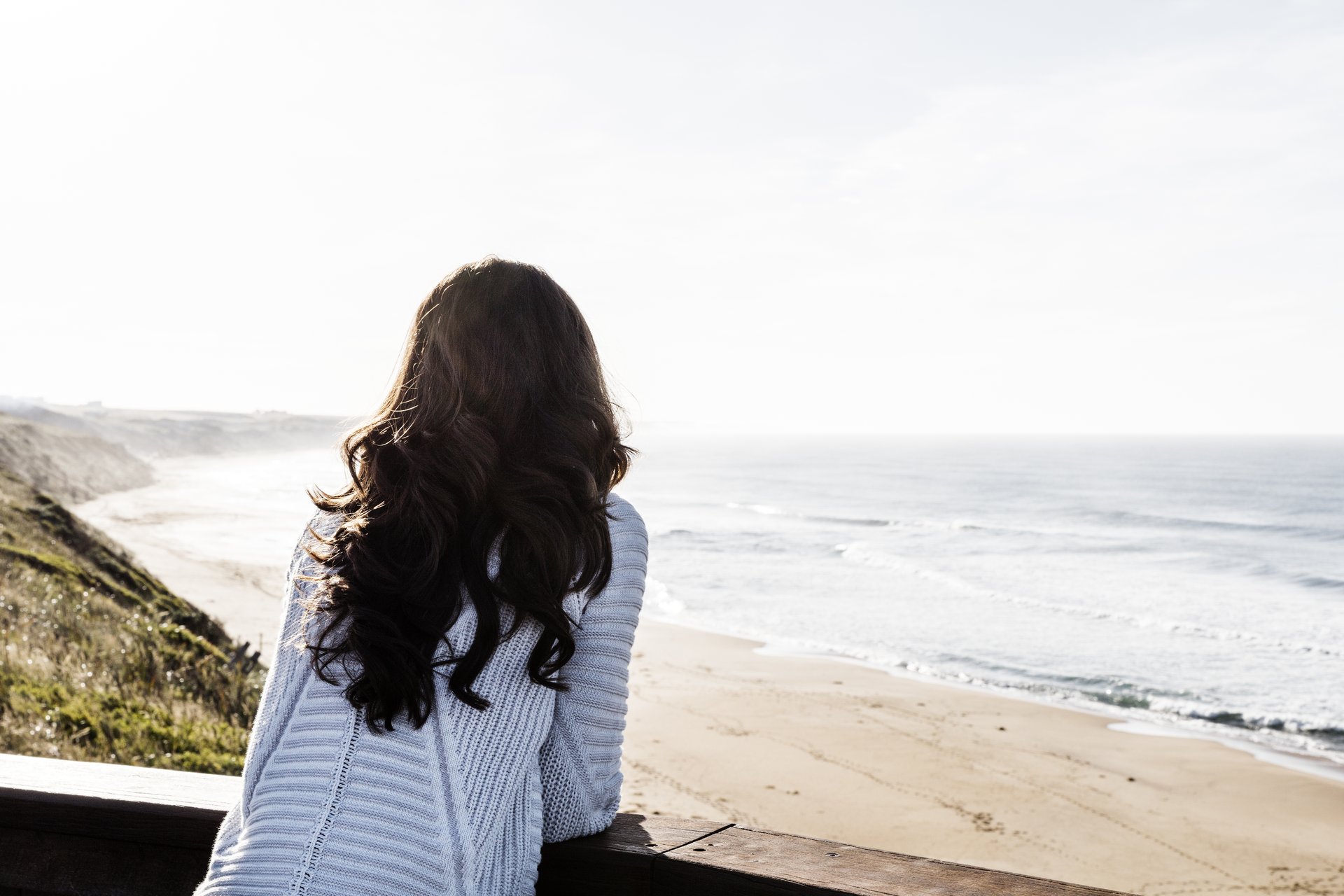
There is so much to do here, you’ll need more than two nights to explore. The first stop here is Allansford Cheese World. Learn about the dairy industry of 1888 to 1990s at the site’s heritage museum, before the world’s best milkshakes (in our opinion).
But the whales are the real stars of the show, so naturally finding the best vantage point is the first thing on the to-visit list and there is no better destination to spot the giant mammals than Logan’s Beach Whale Nursery. Here, in this protected bay, endangered Southern Right Whales and their calves soak up some vitamin D while splashing about in the shallows, just 100 metres from the shore. It’s one of the only places in the world where you can witness whales this close, as mothers nurse their calves for weeks. Not a bad spot for a few weeks of whale maternity leave if you ask us.
-
Logans Beach Viewing Platform
Logans Beach Road, Warrnambool
We interrupt this itinerary to bring you a brief history lesson on the very special Southern Right Whales:
The Southern Right Whale, is a unique species of whale to the Winter Whale Trail, who can be picked by the white markings or ‘callosities’ on their head. Southern Rights were brought to the brink of extinction in the first half of the 19th Century due to commercial whaling. They were an easy target for whalers who coined the term ‘right whale’ as they were slow moving and dwelled close to shore making them the ‘right’ whales to hunt. Their three-year gestational period, means repopulation is a slow process, so they remain an extremely endangered species to this day. The unique thing about Southern Rights, is that they always return to the same waters to nurse their young, the same waters their mothers nursed them, and their grandmothers before that. Logans Beach Warrnambool is one of those very special Nurseries. Even though they were all but wiped out, at least one fierce Southern Right female has kept this special tradition alive.
Whales might be the VIPs of a Warrnambool winter, but that doesn’t take away from the marine life found darting around the Breakwater. Seals and stingrays can be seen feeding on fish in the water, and if you look to Middle Island, a colony of Fairy Penguins waddle around their minders, the famed Maremma dogs, which live at Flagstaff Hill during winter.
Flagstaff Hill Maritime Museum and Village
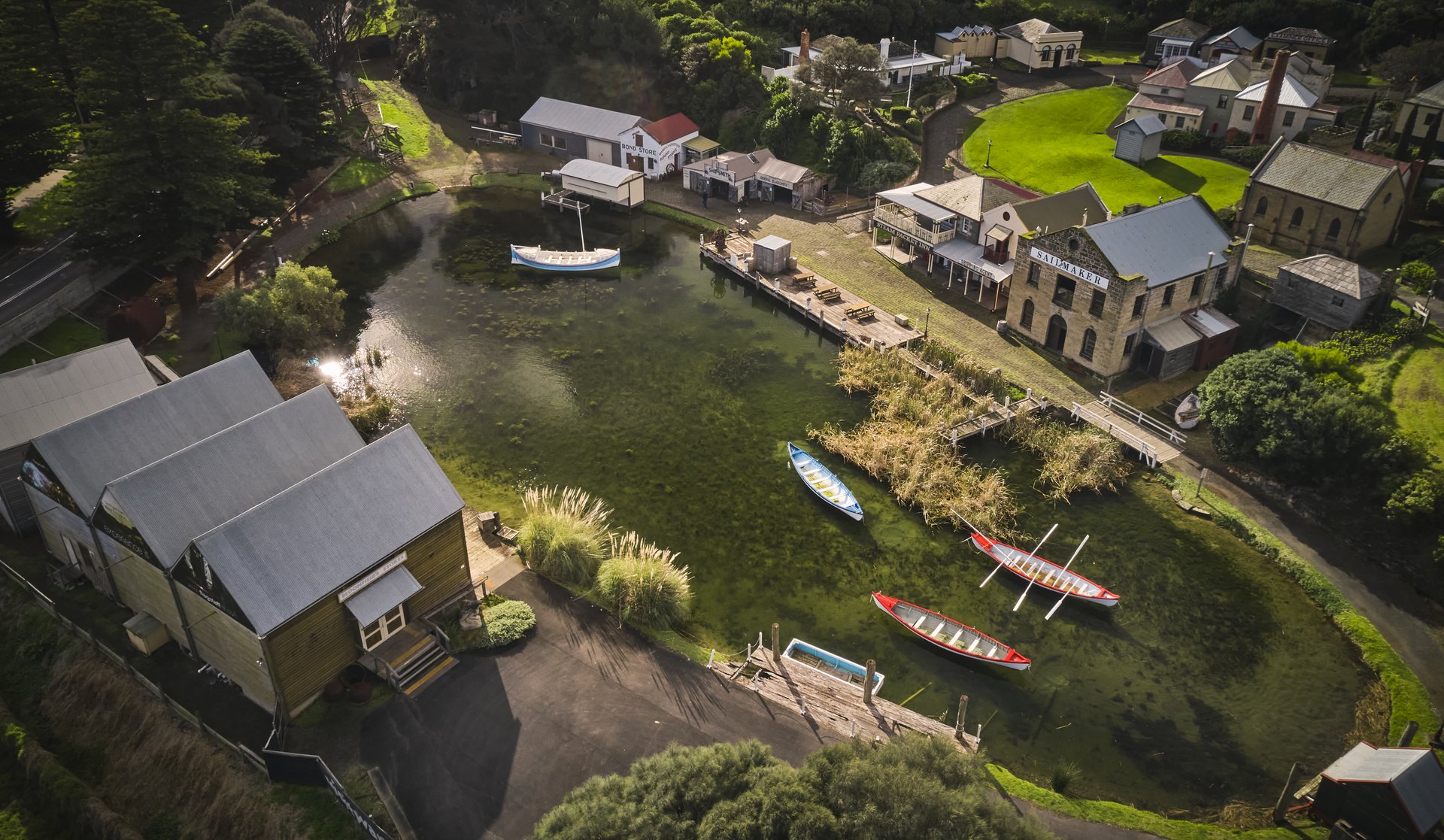
Just five kilometres up the road from Logan’s Beach is the Flagstaff Hill Maritime Museum and Village, a state heritage listed site of cobblestoned streets and 19th century buildings where you can learn about life in the 1800s. Wander through the village and talk to the in-costume characters who will share the stories of shipwrecks, crewmen and artefacts. As night comes, the multi-million-dollar ‘Tales of the Shipwreck Coast’ show will shine a light on the shipwrecks, whaling and indigenous stories.
Of course, Warrnambool isn’t all fin flapping and steps back in time. Turn left at the roundabout when leaving Flagstaff Hill and head toward Lake Pertobe Adventure Playground. Channel your inner child on the 20-hectares and its many activities for kids and adults alike, including playground, boat rides and scenic walks around the lake.
-
Flagstaff Hill Maritime Museum and Village
89 Merri Street, Warrnambool
DAY 3: Warrnambool
Start the day at Lady Bay
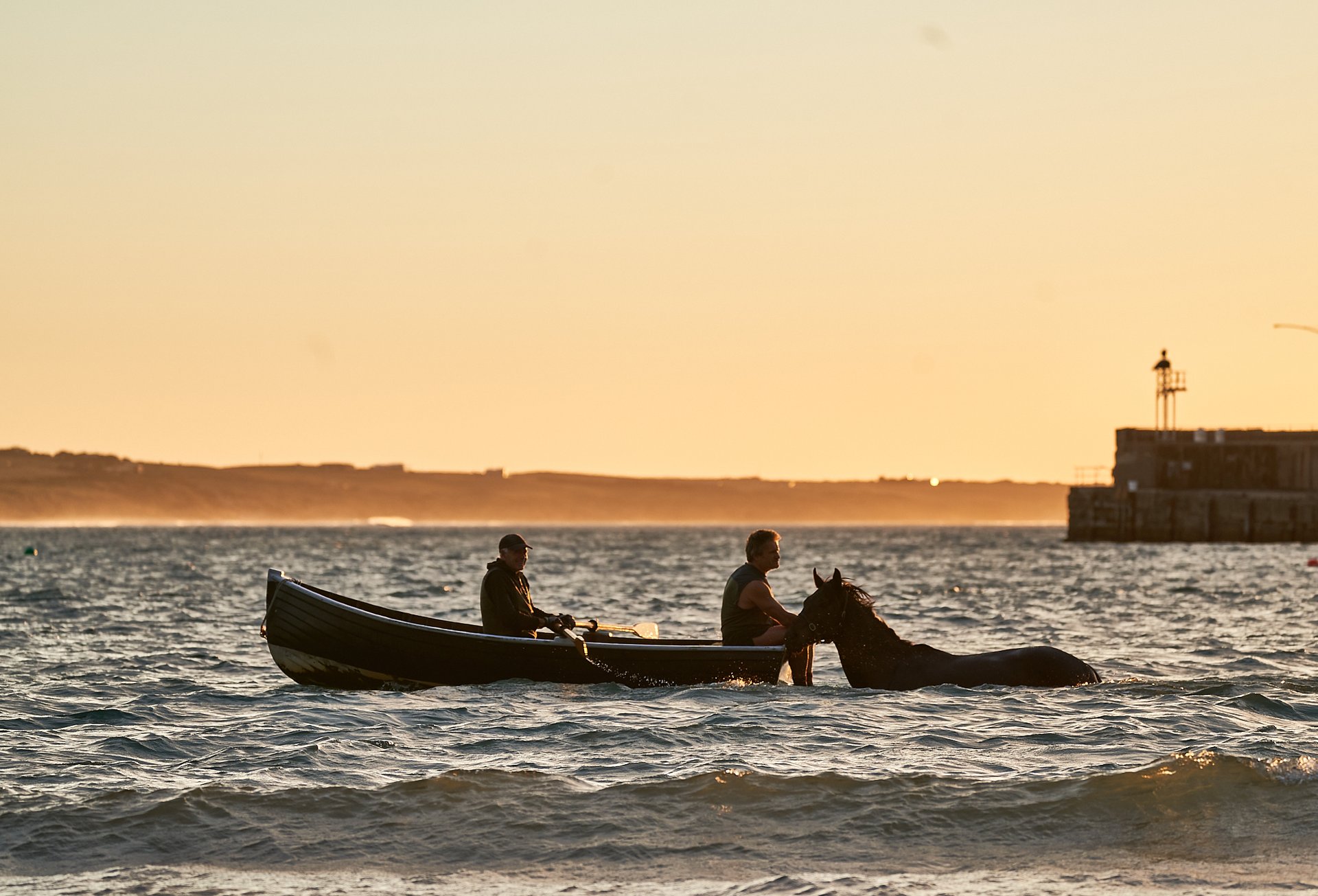
Warrnambool is also home to many race horses, who like to dip their hoofs in the cool ocean waters of Lady Bay from 8am. Watch the equines and their trainers gait through the sand and take a dip, while you sit in the protected shelter of Pavilion Cafe and Bar, cradling a hot coffee and hearty breakfast.
When you’ve finished watching their workout, it’s time to get your camera ready, pull on the walking shoes to get your heart rate up (slightly) and suck in some of that fresh ocean air on the on any one of Warrnambool’s walking trails which travel between natural landscapes, lookouts, heritage sites and secret beaches.
-
Warrnambool Breakwater
Viaduct Rd, Warrnambool
Visit the hot springs
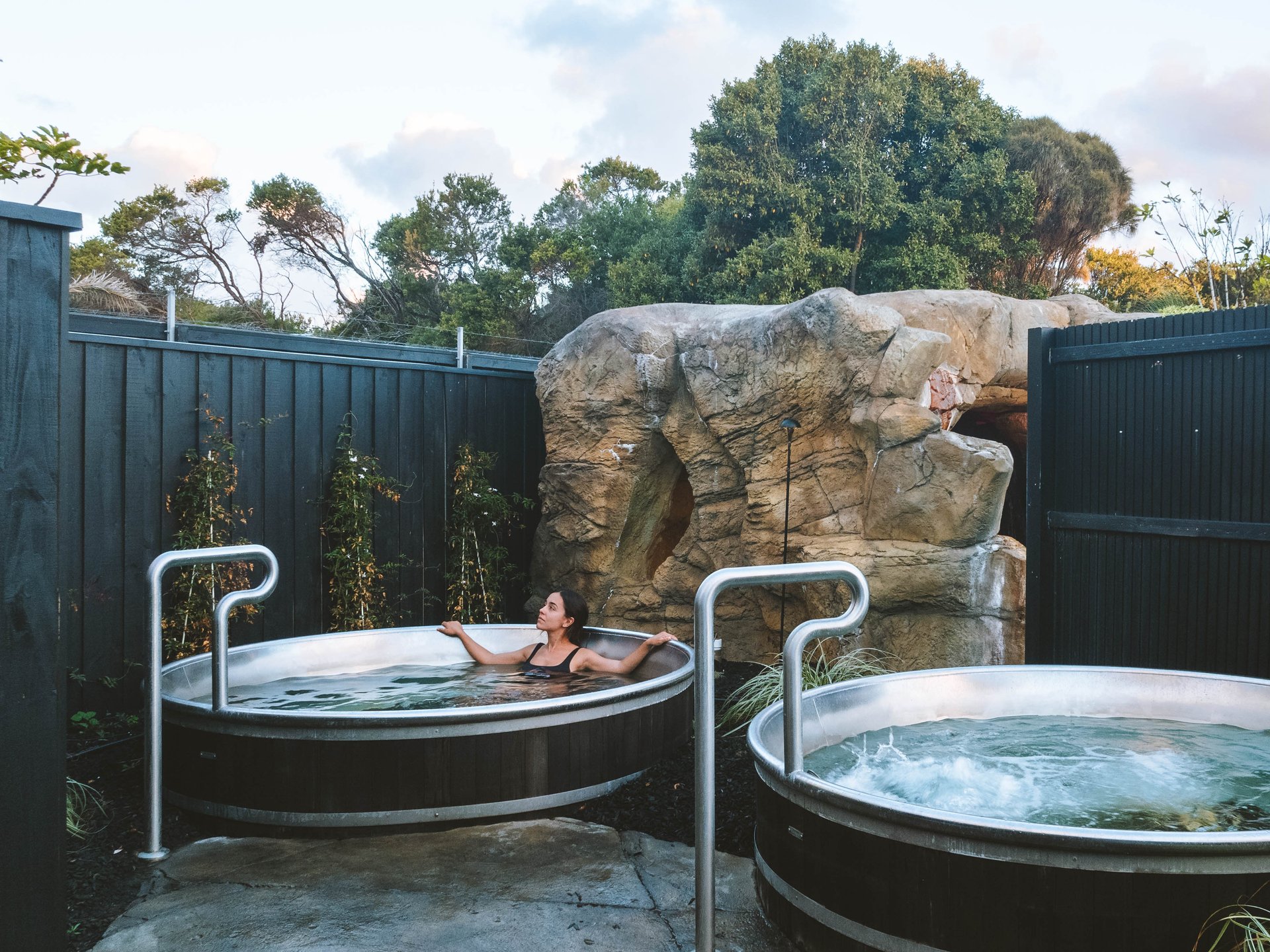
Now that you are fully aware that winter is coming (or it is already here), a plunge into Deep Blue Hotel and Hot Springs bathing sanctuary will sort out those frosty limbs. Soak up minerals and salts, and indulge in a number of treatments including open-air bathing, sensory therapy, salt therapy, and cave, reflexology, hydrotherapy, and star gazing pools.
From here, it’s just a 10-minute drive to Hopkins Falls. If we haven’t convinced you travelling in winter sidelines summer, then these 90-metre wide curtain waterfalls in Wangoom will do the trick. The rains of winter make this one impressive cascade. After visiting the falls, you’ve earned a stop at the Wangoom General Store, enjoy a warm drink and old-fashioned service.
-
Deep Blue Hot Springs
Worm Bay Road, Warrnambool
Food and art
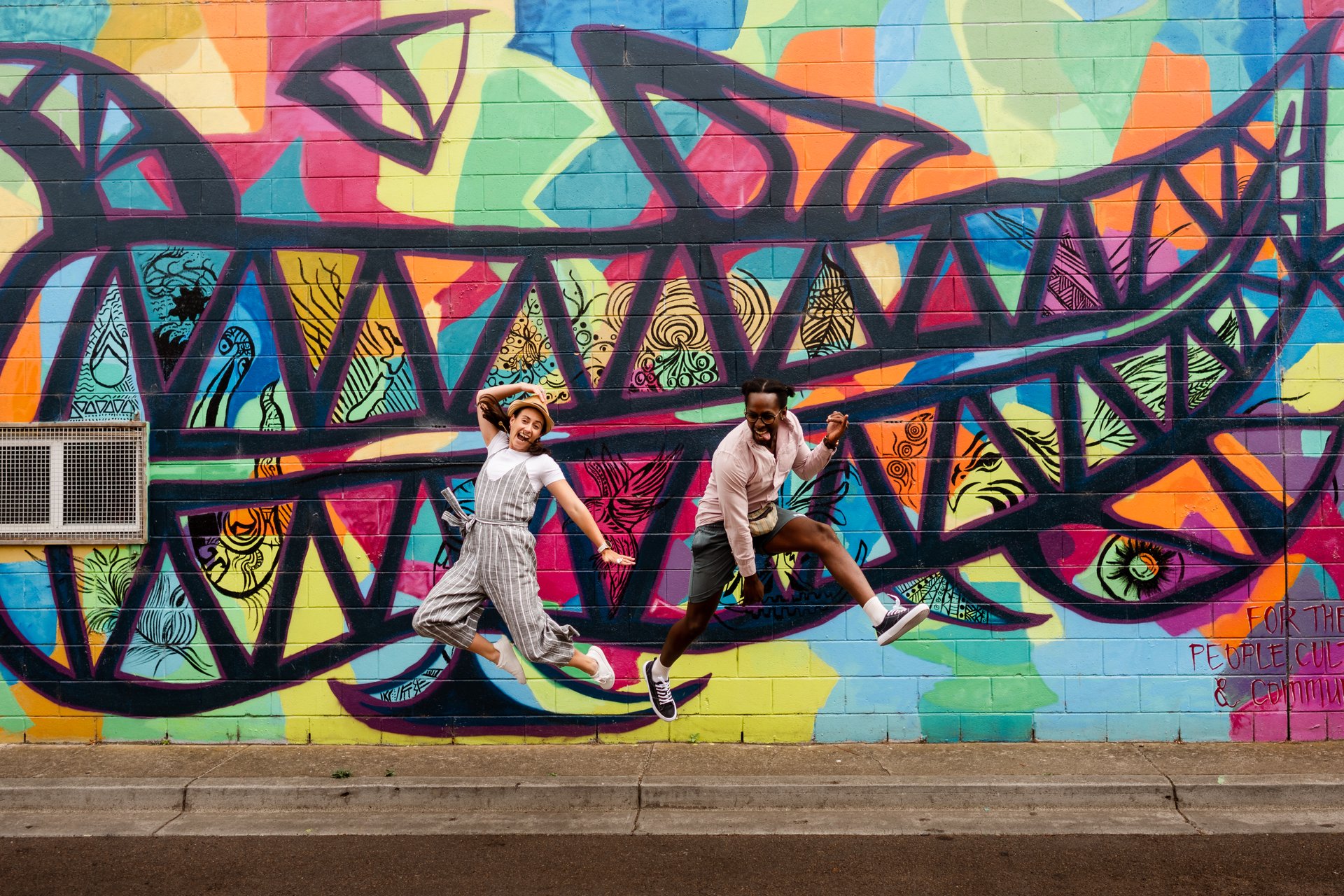
Pub grub, providores, chic cafes and international flavours, Warrnambool puts the progressive in progressive dinners. The village-feel city many entrepreneurial restaurants, breakfast and brunching options. Chow down on burgers, dine on local produce, and sip on fancy cocktails, while a blooming arts and music community goes about business around you and street art colours the town waiting to be explored on a self-guided Street Art Tour.
Be sure to also stop by the Warrnambool Art Gallery and view its collection of more than 2000 artworks of Colonial, Indigenous and contemporary pieces, watch a show at the Lighthouse Theatre, visit local farmers markets, join a guided tour and check out the gig guide to soak up some of the live music culture at the Cally or the Whalers
-
Street Art
Warrnambool CBD
DAY 4: Port Fairy
The city lights and the bulk of the driving are behind you as we go in search of more Whale sightings.
History and art
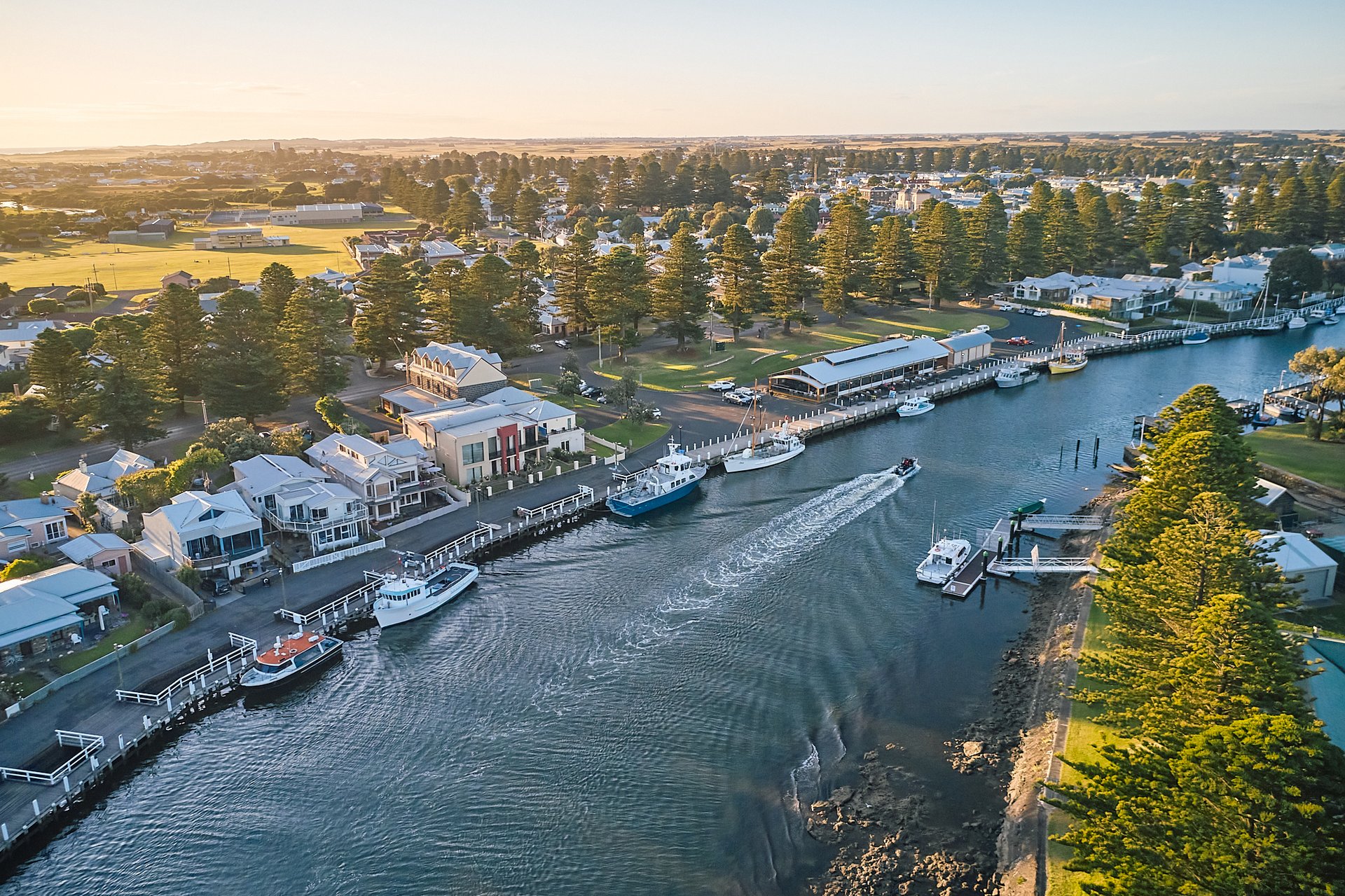
Port Fairy has a fascinating history, a thriving art scene and charming landscape, and the streets of the town offer some of the best views. Step back in time with a guided or self guided walking tour of the town. Both options explore the fascinating history of the town. While the Art Trail will uncover artisans and galleries, adding a colourful dimension to the already vibrant village.
Channel your inner uplifter and artiste at the Winter Weekends Festival. Check the dates over June and July, it’s brings together art, food, wine, performance, music, history, environment and all the other elements that make this part of the Great Ocean Road so special.
-
Moyne River
Port Fairy, Victoria
Griffiths Island

Battery Hill sits just across from the bridge in the harbour. It makes sense given this spot was picked in 1887 to protect the town from foreign warships, and cannons and fortifications are still on display. To keep the history alive, book an appointment (via the Port Fairy Visitor Information Centre) to check out the Historic Life Boat.
Make your way to the iconic Griffiths Island, and explore the red-doored Port Fairy Lighthouse. The island is also home to black tail wallabies and a large colony of mutton birds in summertime. Given a whaling station was established on the island in 1835, don’t be surprised if you hear a ‘pfuussshhhhhh’, the untechnical word for the sound of a whale blowing water through its blowhole.
-
Port Fairy Lighthouse
Griffiths Island, Port Fairy
Relax for the evening
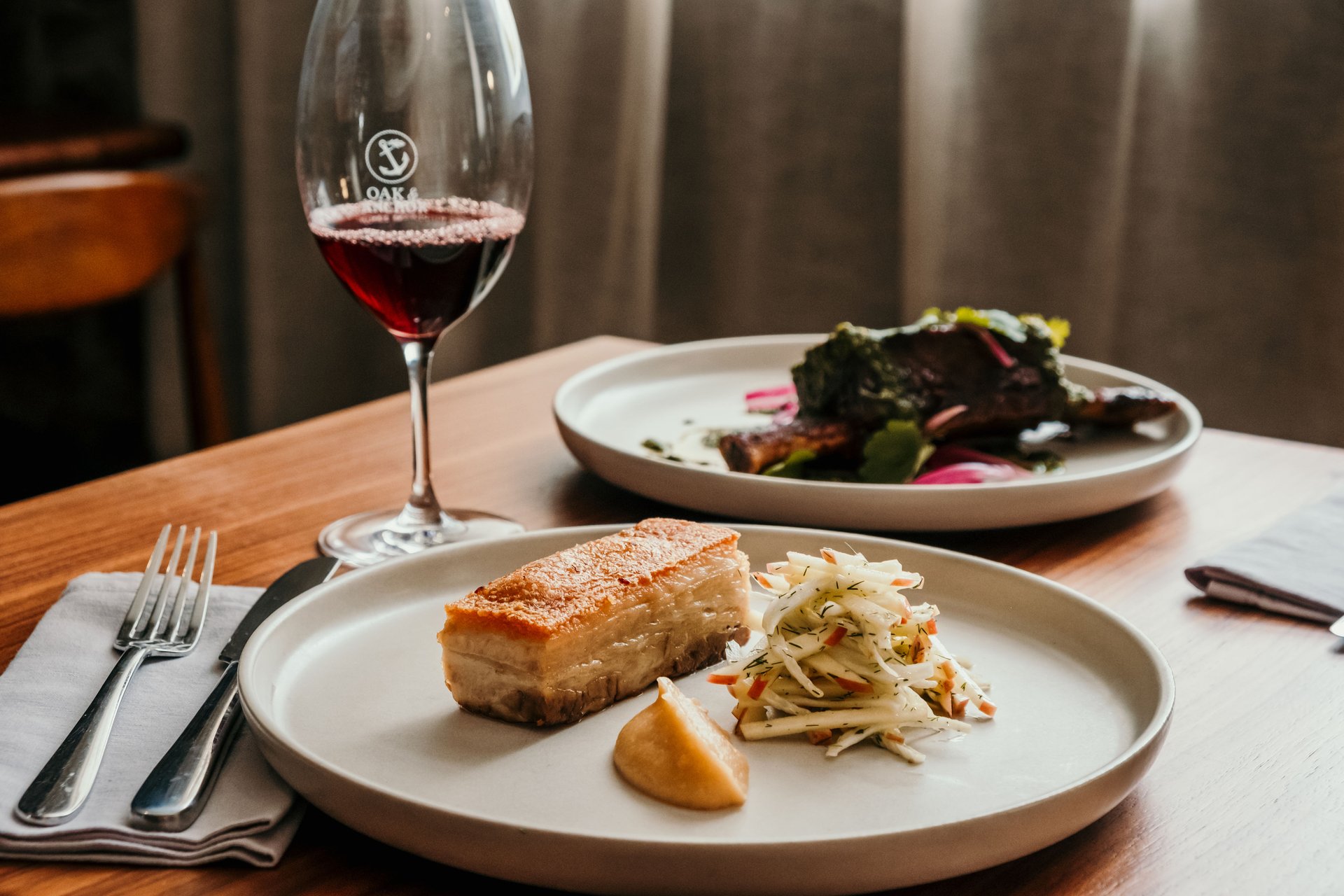
-
The Oak & Anchor Sidro Bar & Restaurant
9 Bank Street, Port Fairy
DAY 5: Portland
It’s time to continue west along the Princes Highway (A1) toward Portland . Again, we’re not tooting our own horns here, but there really is so much to love about Portland. Wild natural beauty, walking trails that reveal its treasures, a rich and fascinating cultural heritage both First Nations with the UNESCO world heritage listed Budj Bim Cultural Landscape, and of course, whales. Plus, there’s a pretty cute colony of fur seals, which keep things interesting.
Start the journey to Portland
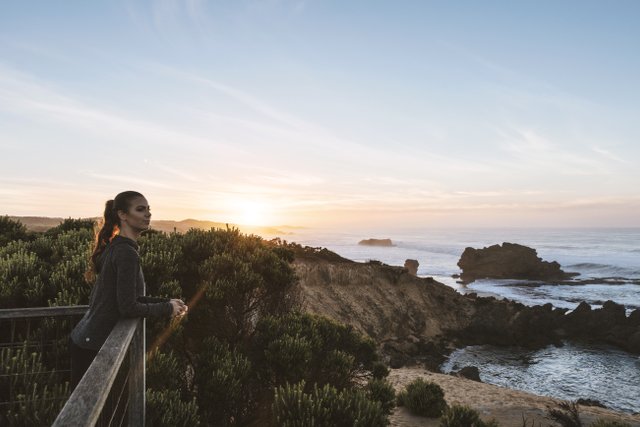
Get your bearings and take the turnoff for the Crags lookout, 10 minutes west of Port Fairy. From this viewpoint, you’ll look out to the calcarenite cliffs that scatter to the eastern entrance to Portland Bay, and the volcanic island of Lady Julia Percy Island (Deen Maar), which sits 19 kilometres offshore and is home to a colony of playful fur seals.
Head north-west along the Princes Highway, and keep your eyes peeled for the Yambuk Giant Slide, a fun pitstop for the whole family, and enjoy the sight of towering turbines as your pass by the Codrington Windfarm.
-
The Crags
241 Crags Rd, Yambuk,
Stopover in Narrawong
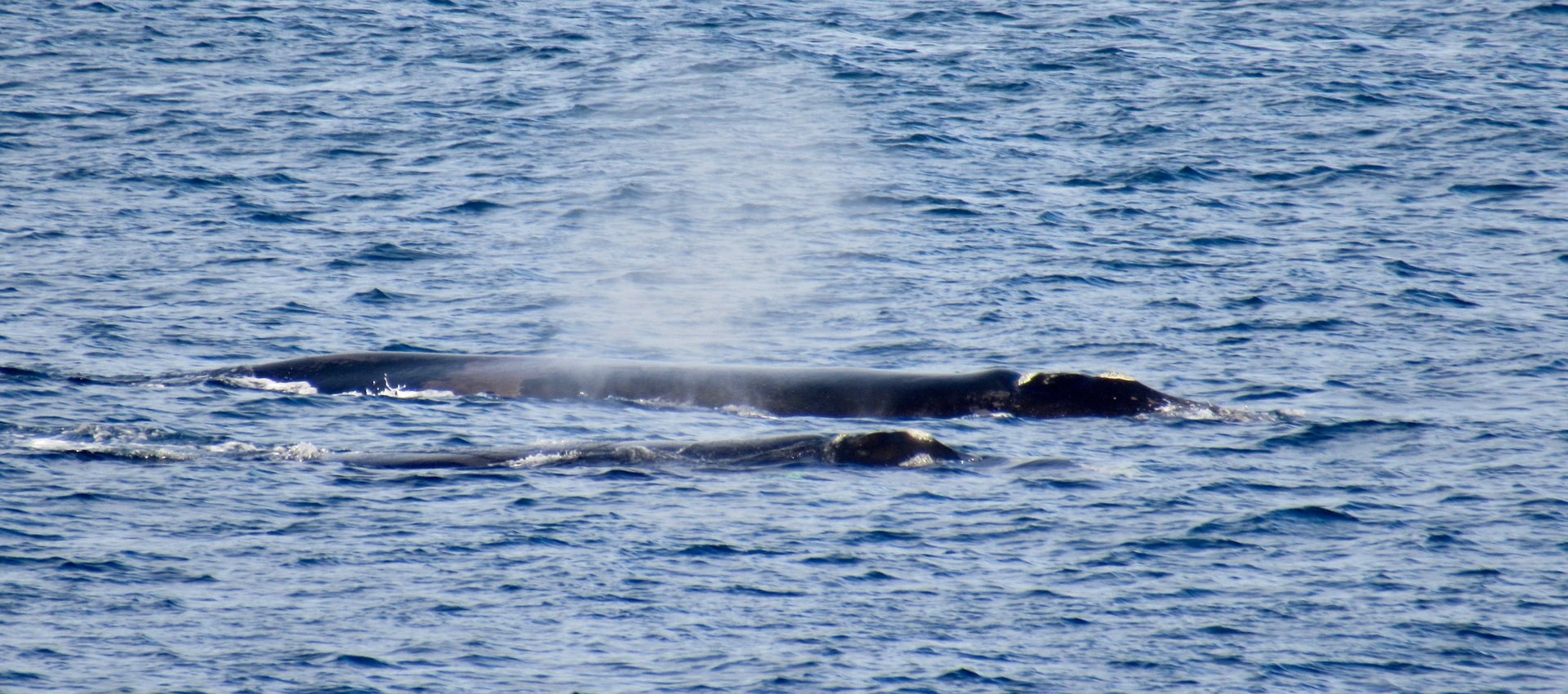
Just north of Portland Bay, you’ll find the pretty coastal village of Narrawong. Framed by Mount Clay State Forest and the Surry River Mouth, it’s a prime spot for swimming in the summer and fishing all-year round. But most importantly, Narrawong is where you can watch Southern Right Whales make a splash into town.
From Narrawong, it’s a 30-minute drive to Portland. Take a pit stop at the Portland Whale Viewing Platform (on Wade Street) and look out to sea for any of our playful whale friends. Nearby, you’ll also find the World War II Museum and a pair of binoculars for those who find looking for giant mammals of the ocean a little hard to see.
The Maritime Discovery and Information Centre
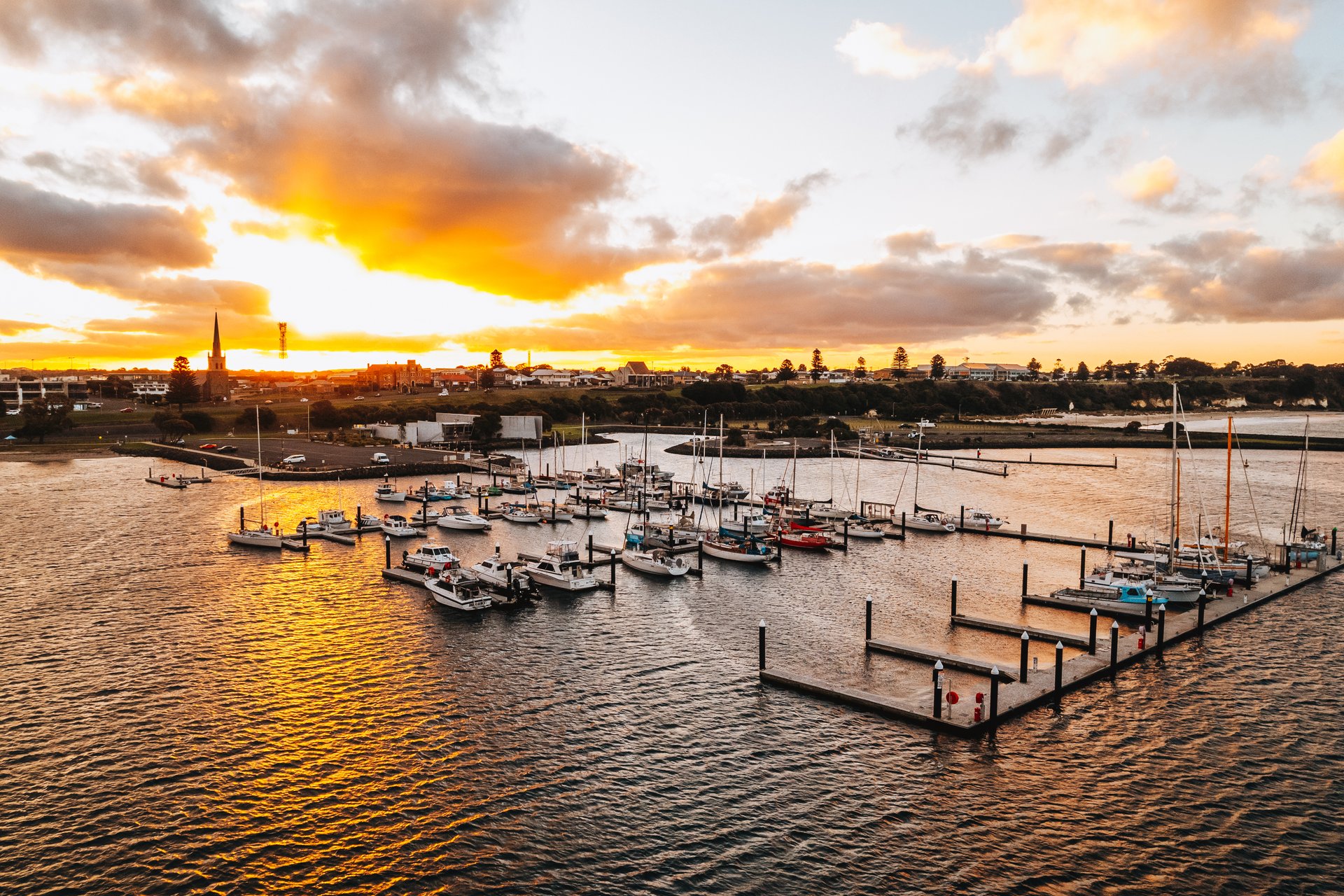
The Maritime Discovery and Information Centre on the Portland foreshore is a good spot to brush up on your history knowledge and learn about region’s whaling, sealing and shipwrecked past. You’re also guaranteed to spot a whale here, albeit a skeletal one. Among whaling artefacts, there’s a Sperm Whale skeleton, so you’ll get an up-close-and-personal understanding of the magnitude of the whale’s size. It’s also where you’ll find reports of recent whale sightings, and the friendly staff here will share the best viewing spots.
-
Portland Harbour
Lee Breakwater Rd, Portland
Cape Nelson
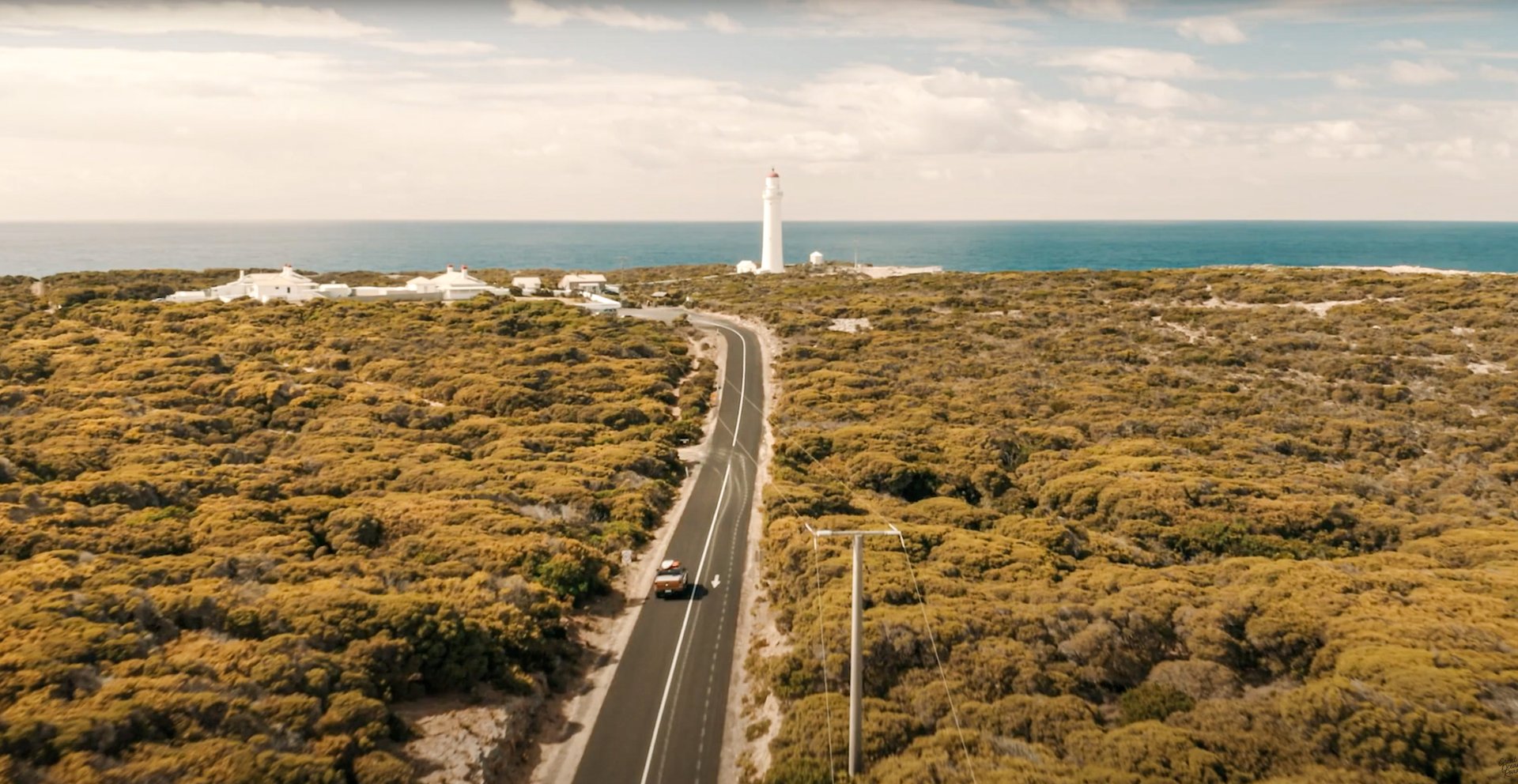
Cape Nelson is one of the coast’s premier whale spotting locations, and the home of the Cape Nelson Lighthouse. The view of the wild Southern Ocean from the top of the 1800s-built 32-metre high lighthouse is spectacular. It’ll blow you away, both metaphorically and literally.
The Enchanted Forest Walk starts about three kilometres from the lighthouse along Scenic Road. Haunting Moonah Trees and winding vines create the canopy of the 45-minute return walk. Limestone boulders are blanketed in overgrowth, cliff faces turn a moss green and a squabble of birds add to the soundtrack. It’s a world away from the otherwise rocky landscape of the region, but stop at any of the lookouts, with views of the Southern Ocean, and your whale visit wish may just come true.
-
Cape Nelson Lighthouse
1119 Cape Nelson Road, Portland West
Cape Bridgewater
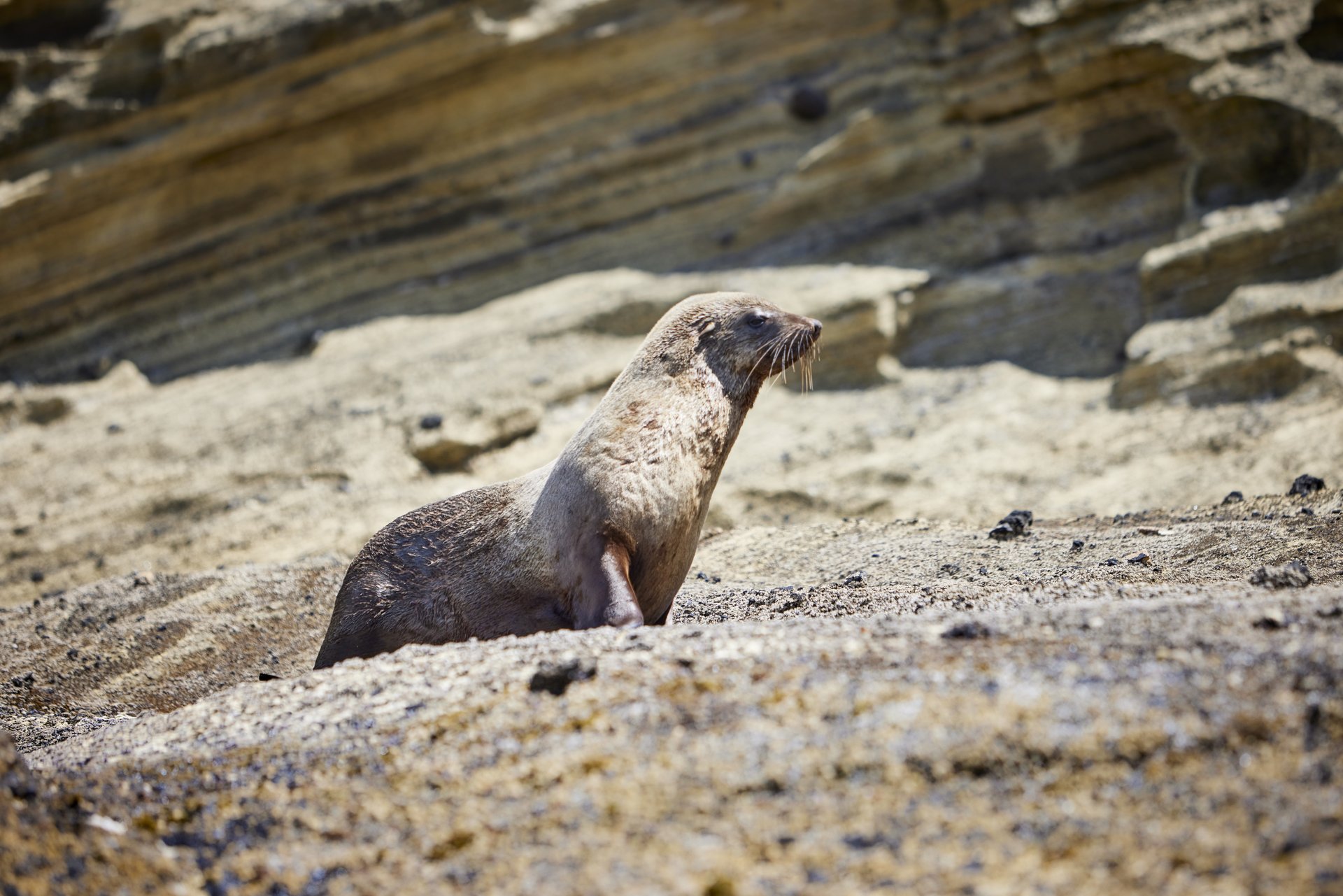
The coastline here is dark, rough, wild. At times, it’s almost apocalyptic, but in a good, beautiful, brooding way. The once-volcanic-island of Cape Bridgewater is a 20-minute drive north-west of Portland. Limestone caves, blowholes, rocky cliffs, freshwater lakes, untamed surf beaches and a petrified forest add character to the surreal landscape.
Swap the leathery skin of the whales for furry coats of seals, here, as Cape Bridgewater is home to the largest fur seal breeding colony on mainland Australia. Leaving from the Cape Bridgewater Cafe car park, stamp your mark on the Cape Bridgewater Seal Walk. It’s a 2.5-kilometre walk up the edge of the volcanic crater and is the most direct path to the colony and takes about two hours round-trip. There is a longer, easier six-kilometre walk to a viewing platform that will take you past the blowholes and petrified forest.